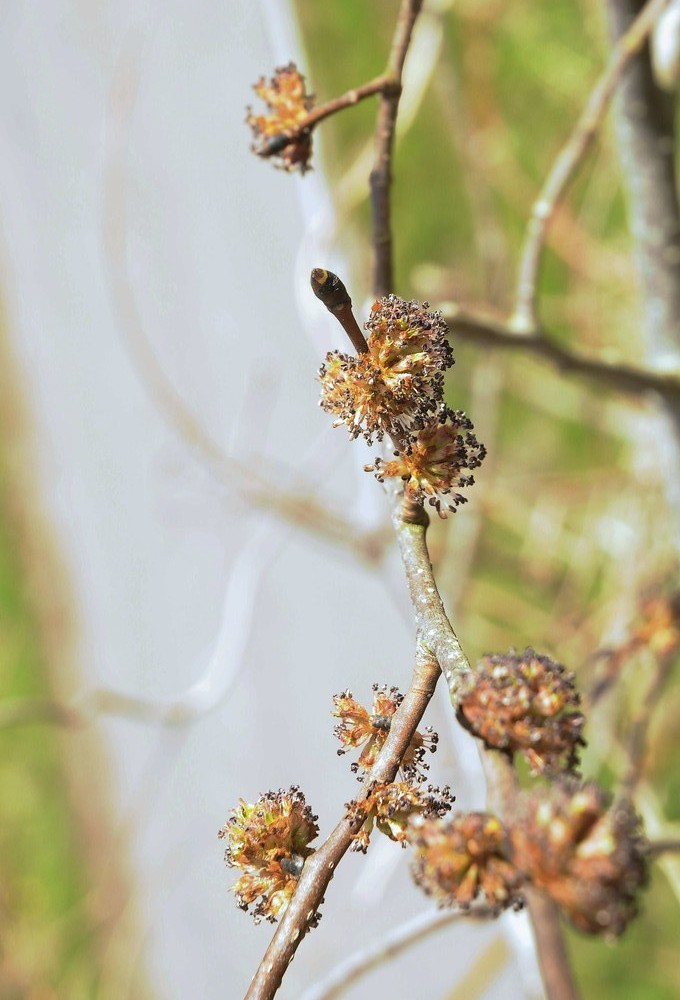European white elm
(Ulmus laevis)

Description
Ulmus laevis Pall., variously known as the European white elm, fluttering elm, spreading elm, stately elm and, in the United States, the Russian elm, is a large deciduous tree native to Europe, from France northeast to southern Finland, east beyond the Urals into Kyrgyzstan and Kazakhstan, and southeast to Bulgaria and the Crimea; there are also disjunct populations in the Caucasus and Spain, the latter now considered a relict population rather than an introduction by man, and possibly the origin of the European population. U. laevis is rare in the UK, although its random distribution, together with the absence of any record of its introduction, has led at least one British authority to consider it native. NB: The epithet 'white' elm commonly used by British foresters alluded to the timber of the wych elm. The species was first identified, as Ulmus laevis, by Pallas, in his Flora Rossica published in 1784. The tree is allogamous and is most closely related to the American elm U. americana. Endemic to alluvial forest, U. laevis is rarely encountered at elevations above 400 m. Most commonly found along rivers such as the Volga and Danube, it is one of very few elms tolerant of prolonged waterlogged, anoxic ground conditions. The species is threatened by habitat destruction and disturbance in some countries, notably Spain. Flood control schemes are particularly harmful, as seed dispersion is reliant on floods, while abstraction from aquifers lowering ground water levels has compromised the development of the trees. Ulmus laevis is similar in stature to the wych elm, if rather less symmetric, with a looser, untidy, branch structure and less neatly rounded crown. The tree typically reaches a height and breadth of > 30 m, with a trunk < 2 m d.b.h. The extensive shallow root system ultimately forms distinctive high buttresses around the base of the trunk. The bark is smooth at first, then in early maturity breaks into thin grey scales, which separate with age into a network of grey-brown scales and reddish-brown underbark, and finally is deeply fissured in old age like other elms. The leaves are deciduous, alternate, simple ovate with a markedly asymmetric base, < 10 cm long and < 7 cm broad, comparatively thin, often almost papery in texture and very translucent, smooth above with a downy underside. Significantly, the leaf veins do not divide from the central vein to the leaf margin. The leaves are shed earlier in autumn than other species of European elm.
Taxonomic tree:







